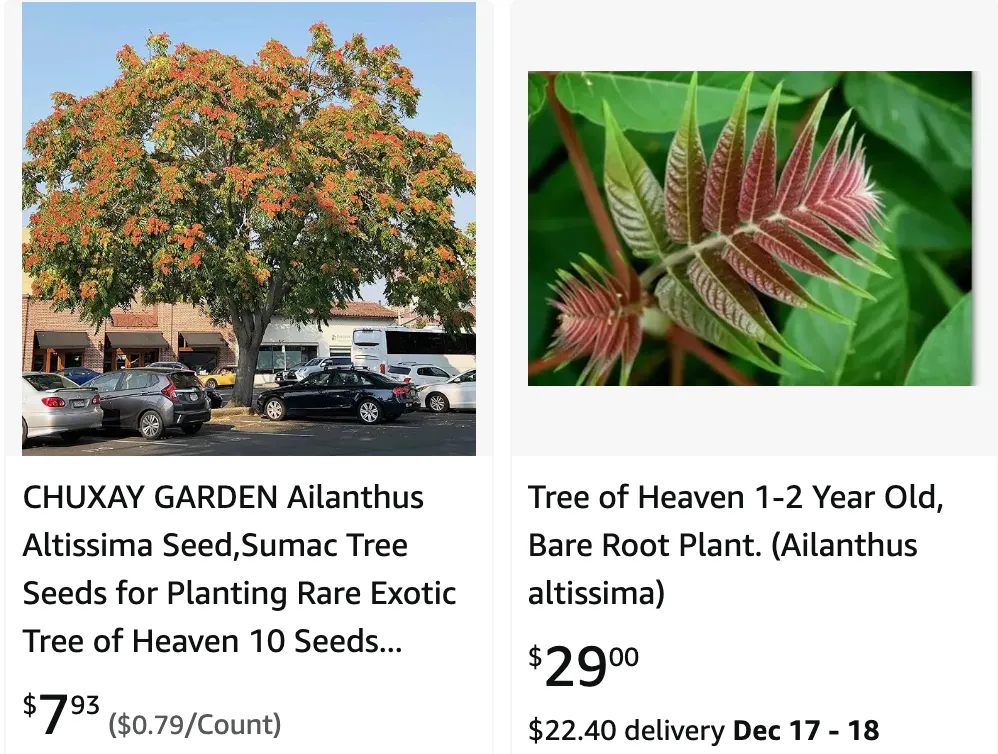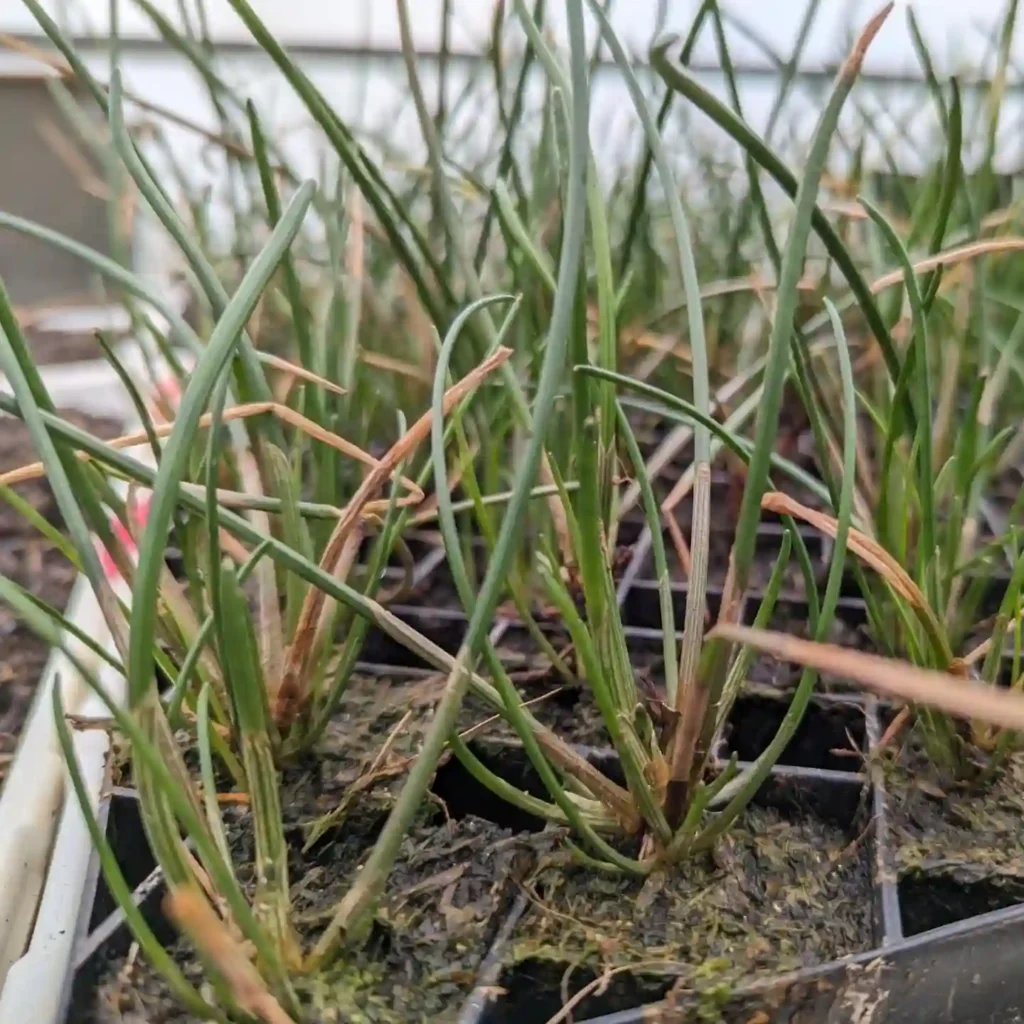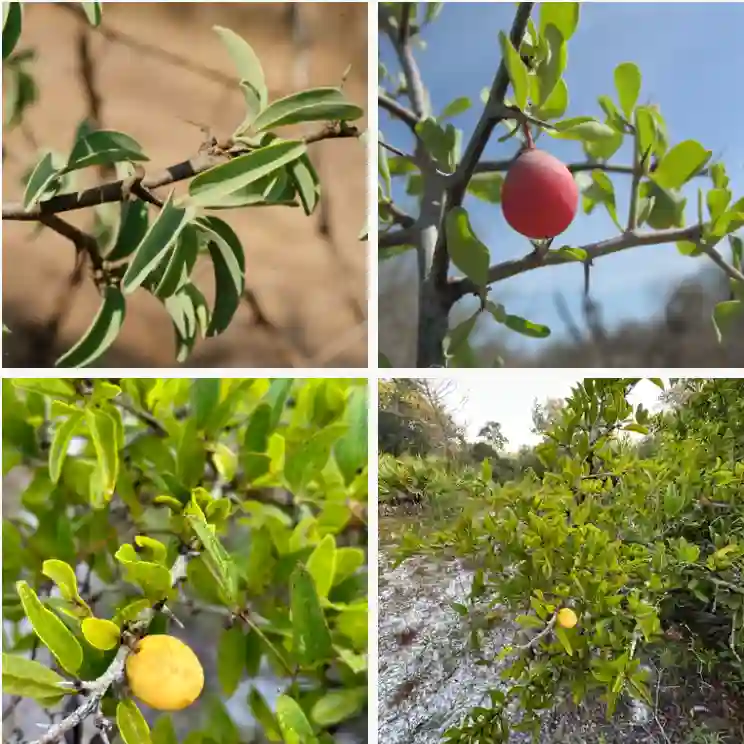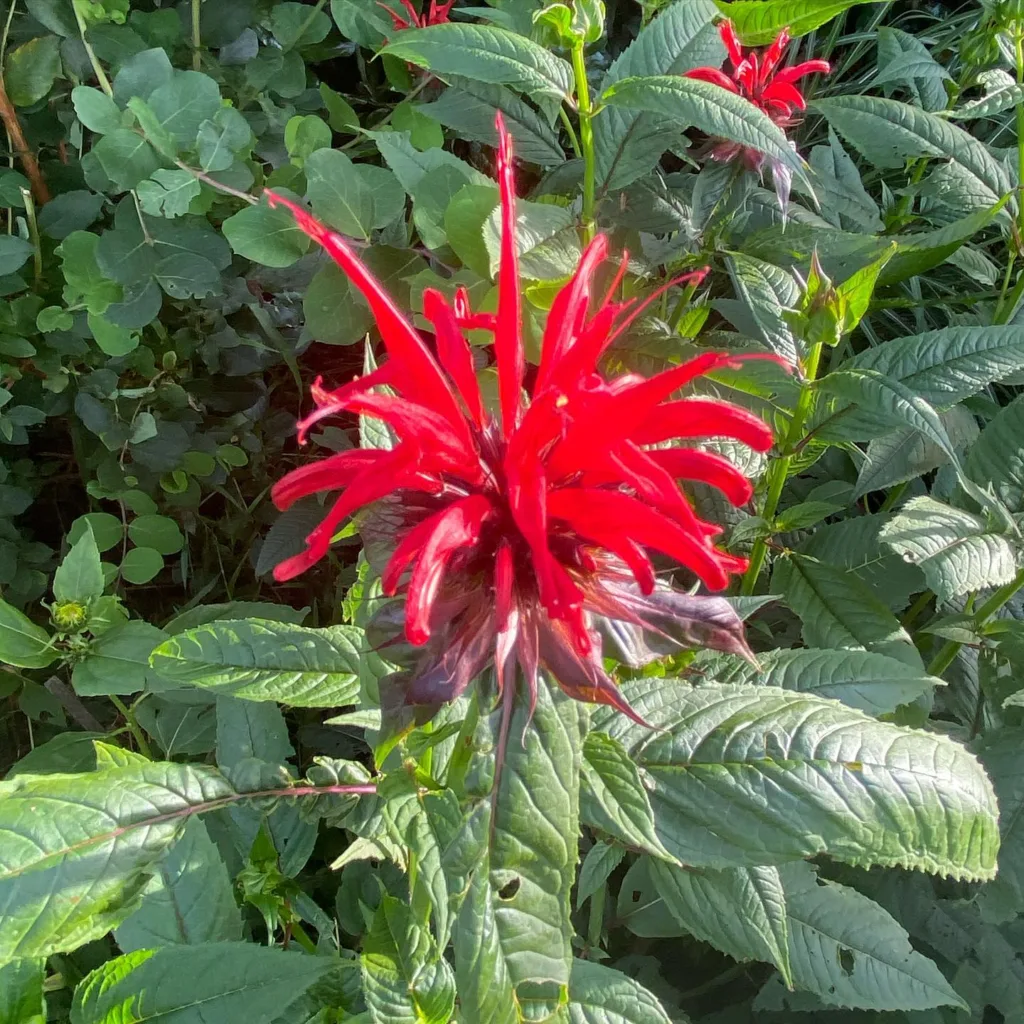
February 16 – Ailanthus
"Ailanthus, the tree of heaven, defines February 16."
This resilient tree represents strength and ambition. Like Ailanthus, you rise above challenges with grace, always reaching for the sky.
A Deep Dive into the Ailanthus Genus
Hello, Ferb Vu here. Today, I’m going to delve into a fascinating genus of trees known as Ailanthus. This genus has captured my attention due to its unique characteristics and the somewhat controversial reputation of its most famous member, the Tree of Heaven. Join me as we explore the intriguing world of Ailanthus.
Understanding the Ailanthus Genus
Ailanthus, derived from the Ambonese word “ailanto” meaning “tree of the gods,” is a genus of deciduous trees belonging to the Simaroubaceae family. These trees are native to East Asia and Northern Australasia. They are known for their rapid growth, adaptability, and distinctive odor. While some find the scent unpleasant, others describe it as musky or citrus-like.
Ailanthus trees are characterized by their large, pinnately compound leaves, which can reach lengths of up to one meter. Their bark is smooth and light gray, often becoming rougher with age. The trees produce small, greenish flowers that are arranged in large clusters. These flowers give way to winged fruits, known as samaras, which are dispersed by the wind.
Species within the Ailanthus Genus
While the exact number of species within the Ailanthus genus is debated, here are:
- Ailanthus altissima (Tree of Heaven) is a fast-growing, invasive species known for its resilience in urban environments and ability to thrive in poor soils. Plant FAQs: Ailanthus Altissima – Tree of Heaven
- Ailanthus excelsa (Indian Tree of Heaven) is a tall, deciduous tree native to India, often used for timber and medicinal purposes.
- Ailanthus fordii is a lesser-known species native to East Asia, valued for its wood and sometimes used in traditional medicine.
- Ailanthus integrifolia is native to Southeast Asia and is noted for its large leaves and medicinal applications in local cultures.
- Ailanthus triphysa (Maharukh) is found in India and Southeast Asia, often grown for its fragrant wood used in incense production.
- Ailanthus vietnamensis is native to Vietnam and distinct for its rarity and ecological importance in local forest systems.
The Controversial “Tree of Heaven”
Ailanthus altissima, commonly known as the Tree of Heaven, has earned a mixed reputation. While it was initially introduced to other parts of the world as an ornamental tree and for its potential use in silk production, it quickly became invasive due to its rapid growth and ability to spread through root suckers.
The tree’s allelopathic nature, where it releases chemicals that inhibit the growth of other plants, further contributes to its invasiveness. This has led to it being considered a noxious weed in many regions, including North America and Europe.
However, the Tree of Heaven also has some redeeming qualities. It is highly tolerant of pollution and can grow in poor soil conditions, making it suitable for urban environments. Its wood can be used for pulp and fuel, and it has been explored for its potential use in bioremediation.
The Future of Ailanthus
Despite the controversy surrounding the Tree of Heaven, the Ailanthus genus continues to be of interest to researchers and botanists. Its adaptability and resilience make it a potential source of genes for developing stress-tolerant tree varieties. Furthermore, its medicinal properties and potential uses in bioremediation warrant further investigation.
As we continue to learn more about the Ailanthus genus, it is crucial to strike a balance between appreciating its unique qualities and managing its invasive potential. By understanding its biology and ecology, we can work towards harnessing its benefits while mitigating its negative impacts.
I hope this exploration of the Ailanthus genus has been insightful. It is a testament to the diversity and complexity of the natural world, reminding us that even the most seemingly ordinary organisms can hold fascinating secrets waiting to be uncovered.
If i die, water my plants!



